Discover 11 hidden attractions, cool sights, and unusual things to do in Tivoli (Italy). Don't miss out on these must-see attractions: Villa d'Este, Hadrian's Villa, and Temple of Vesta. Also, be sure to include Tivoli Cathedral in your itinerary.
Below, you can find the list of the most amazing places you should visit in Tivoli (Lazio).
Table of Contents
Villa d'Este

Grand house in exotic hillside gardens. The Villa d'Este is a 16th-century villa in Tivoli, near Rome, famous for its terraced hillside Italian Renaissance garden and especially for its profusion of fountains. It is now an Italian state museum, and is listed as a UNESCO World Heritage Site.[1]
Address: Piazza Trento 5, 00019 Tivoli
Hadrian's Villa
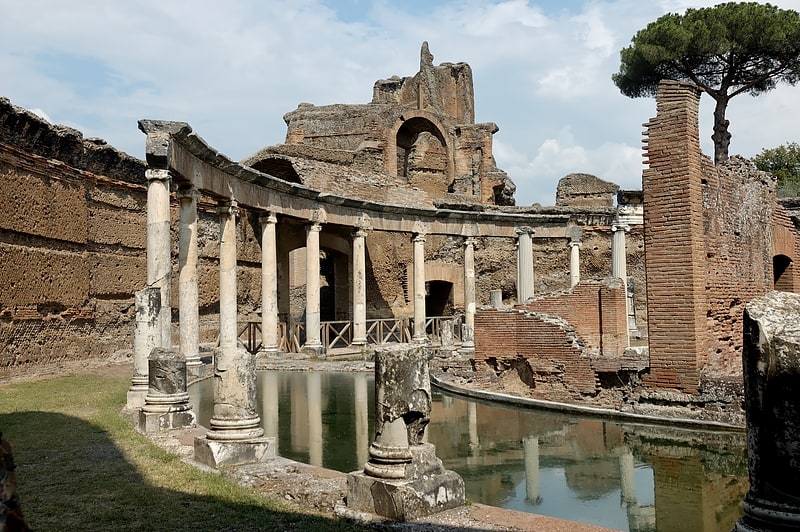
Also known as: Villa Adriana
Ruins of 2nd century Roman villa. Hadrian's Villa is a UNESCO World Heritage Site comprising the ruins and archaeological remains of a large villa complex built c. AD 120 by Roman Emperor Hadrian at Tivoli outside Rome. The site is owned by the Republic of Italy and has been managed since 2014 by the Polo Museale del Lazio.[2]
Address: Largo Marguerite Yourcenar, 1, 00010 Tivoli
Temple of Vesta
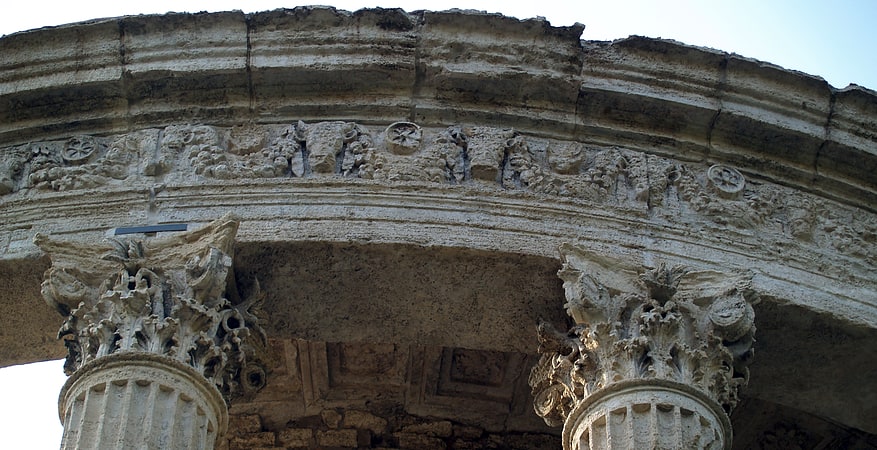
Also known as: Tempio di Vesta
Roman temple in Tivoli, Italy. The Temple of Vesta is a Roman temple in Tivoli, Italy, dating to the early 1st century BC. Its ruins sit on the acropolis of the city, overlooking the falls of the Aniene that are now included in the Villa Gregoriana.[3]
Address: Piazza delle mole, 17, 00019 Tivoli RM, Tivoli
Tivoli Cathedral
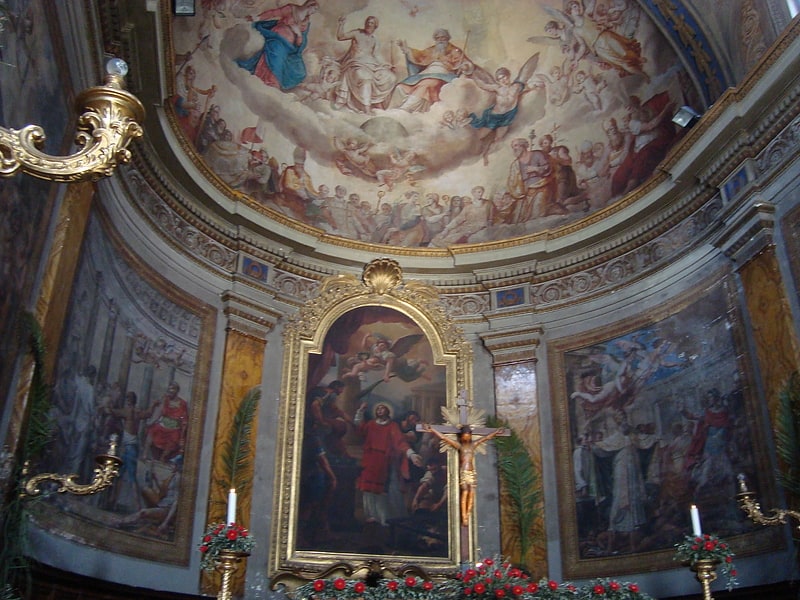
Also known as: Duomo di Tivoli
Cathedral in Tivoli, Italy. Tivoli Cathedral is a Roman Catholic cathedral, dedicated to Saint Lawrence, in Tivoli, Lazio, Italy. It is the seat of the bishop of Tivoli.[4]
Address: Via Duomo, 49, 00019 Tivoli
Villa Gregoriana
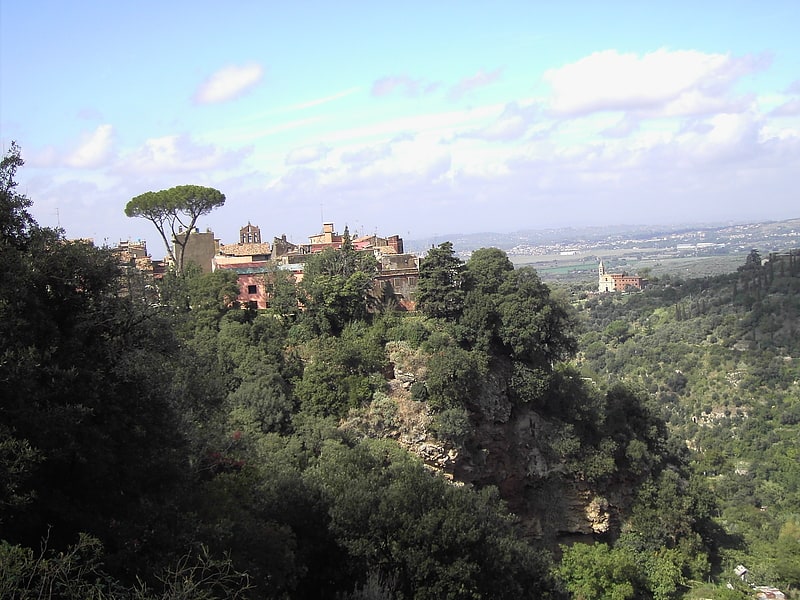
Romantic gardens with ruins and waterfalls. Villa Gregoriana is a park located in Tivoli, Italy.
The park, located at the feet of the city's ancient acropolis, was commissioned by Pope Gregory XVI in 1835 to rebuild the bed of the Aniene River, which had been damaged by the flood of 1826. Since ancient times, the river formed a wide curve around the acropolis, after which it fell from a limestone spur onto the plain below. The river formed originally four falls, now reduced to two. The site had a strategical importance since it commanded the transumanza path from Abruzzo along the path which later become the Via Valeria. The Romans built hydraulic artifacts there, 12 of which are known by findings today.
It had fallen into ruin by the end of the 20th century, but was reopened to the public in 2005 thanks to a major landscape recovery project orchestrated by Fondo Ambiente Italiano (FAI), the National Trust of Italy.
Villa Gregoriana consists mainly of thick woodlands with paths that lead to the caves of Neptune and the Sirens, which form part of a series of gorges and cascades, and to the Great Waterfall.
The Aniene river valley and Villa Gregoriana were submitted in 2006 for consideration as a UNESCO World Heritage Site.[5]
Villa Adriana
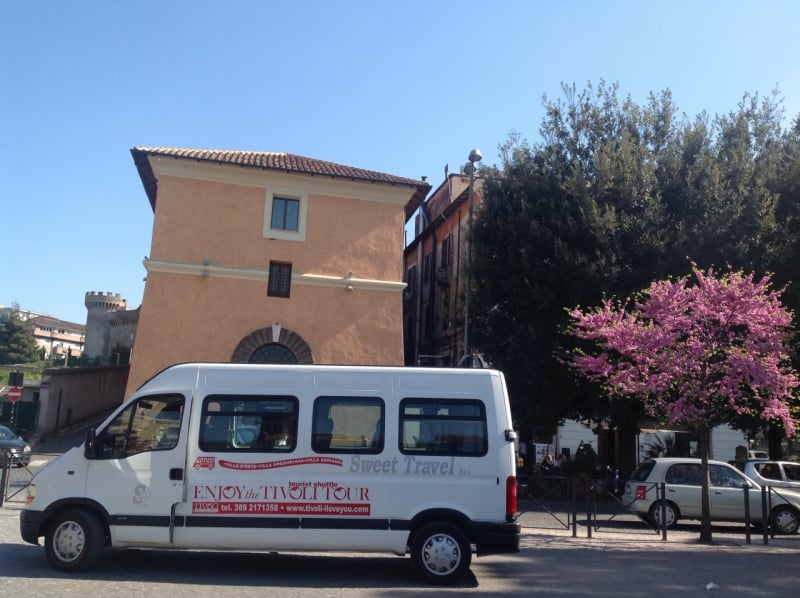
Museum, Ruins, Historical place
Address: Via di Villa Adriana, 204, 00019 Tivoli
Church of Santa Maria Maggiore
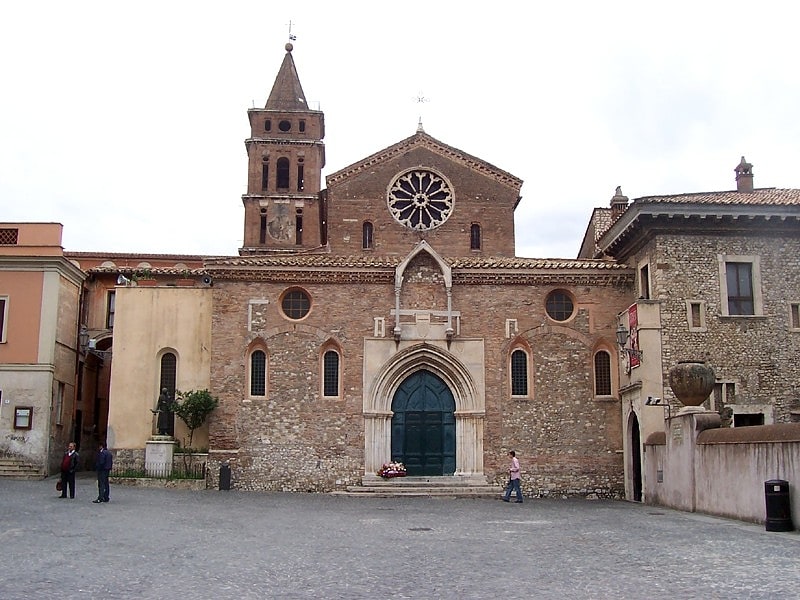
Also known as: Chiesa di Santa Maria Maggiore
Church
Church of San Silvestro

Also known as: Chiesa di San Silvestro
Sacred and religious sites, Church
Address: Via del Colle, 00019 Tivoli
Santuario di Ercole Vincitore
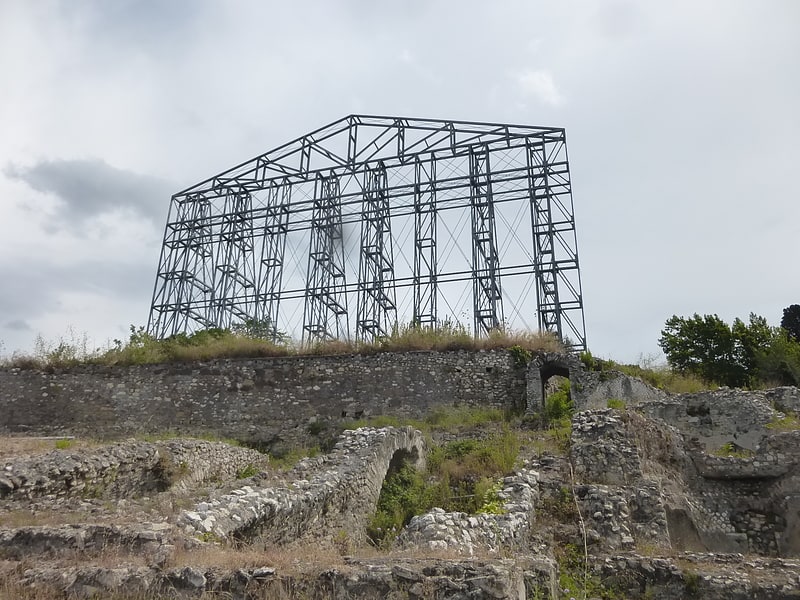
The sanctuary of Hercules the Victor is one of the major complexes of Roman architecture in the Republican period. It falls into the typology of the so-called Hellenistic sanctuaries, dating from the 2nd-1st centuries BC and built in the wake of the great cultural influence exerted by Hellenistic culture after the final Roman conquest of Greece. Located in Tivoli, it is the largest of the Italic sanctuaries dedicated to Hercules and the second largest in the entire Mediterranean after that of Gades in Spain. It was built between the last decades of the second century BC and 82 BC. Further interventions took place, especially in the theater area, in the Augustan period. Suetonius relates that Augustus administered justice here on numerous occasions under the sanctuary's porticoes.
Address: Via degli stabilimenti, 5, Tivoli
Tempio della Tosse
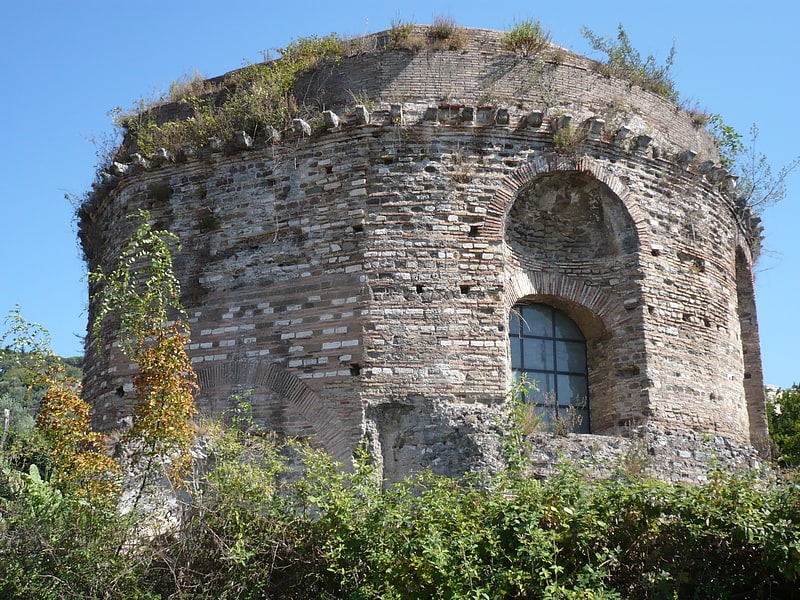
The Temple of the Cough is a Roman-era building located on the ancient Via Tiburtina in Tivoli. It is located by the Aniene River, near the shrine of Hercules Vincitor and the lower portion of the Villa d'Este, outside the gate known as "del Colle." Also located near it is a paper mill, now abandoned, built on the structures of the temple of Hercules.
Municipal library
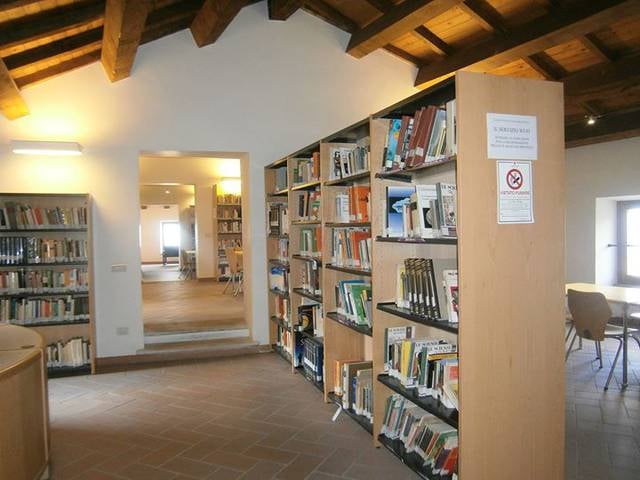
Also known as: Biblioteca comunale
Library